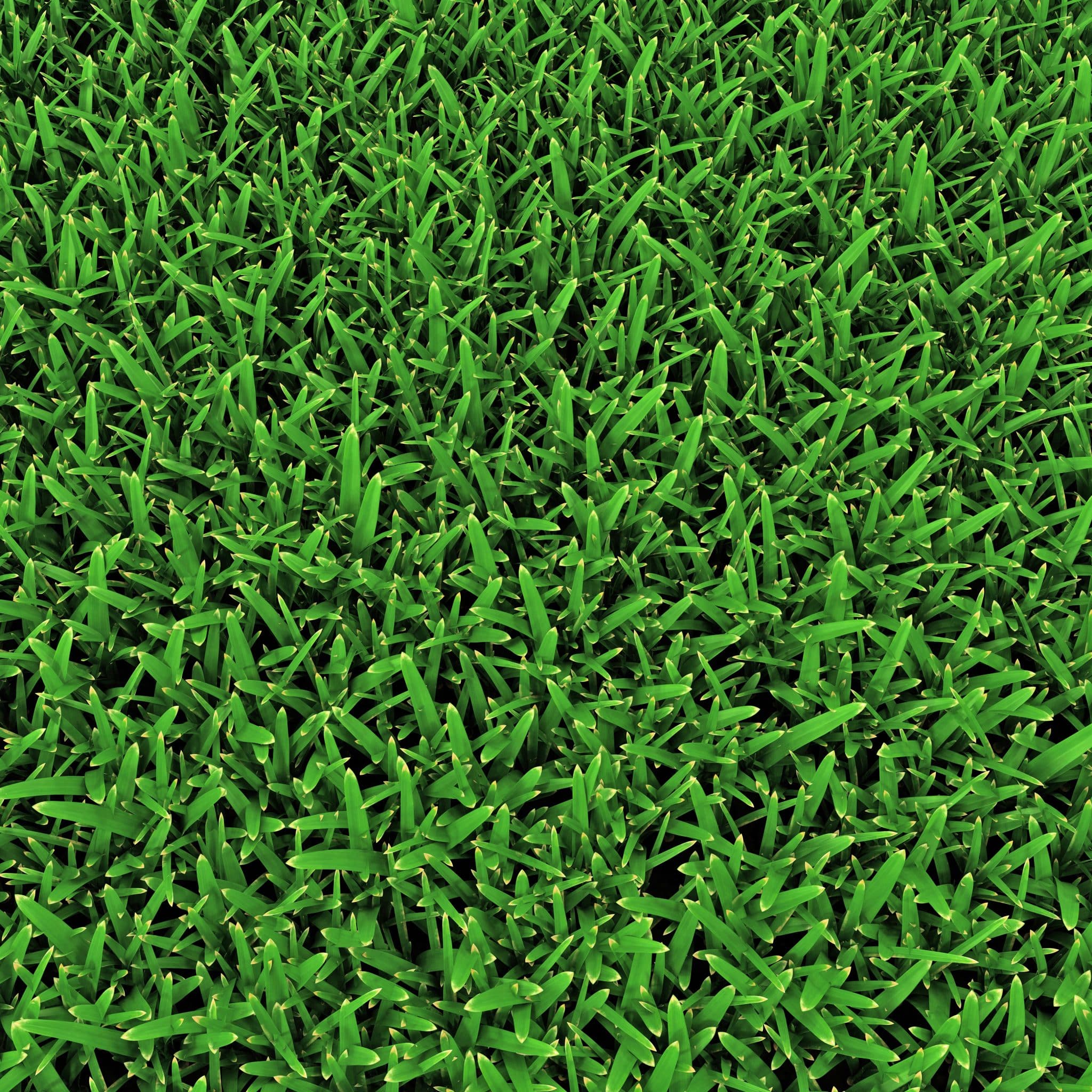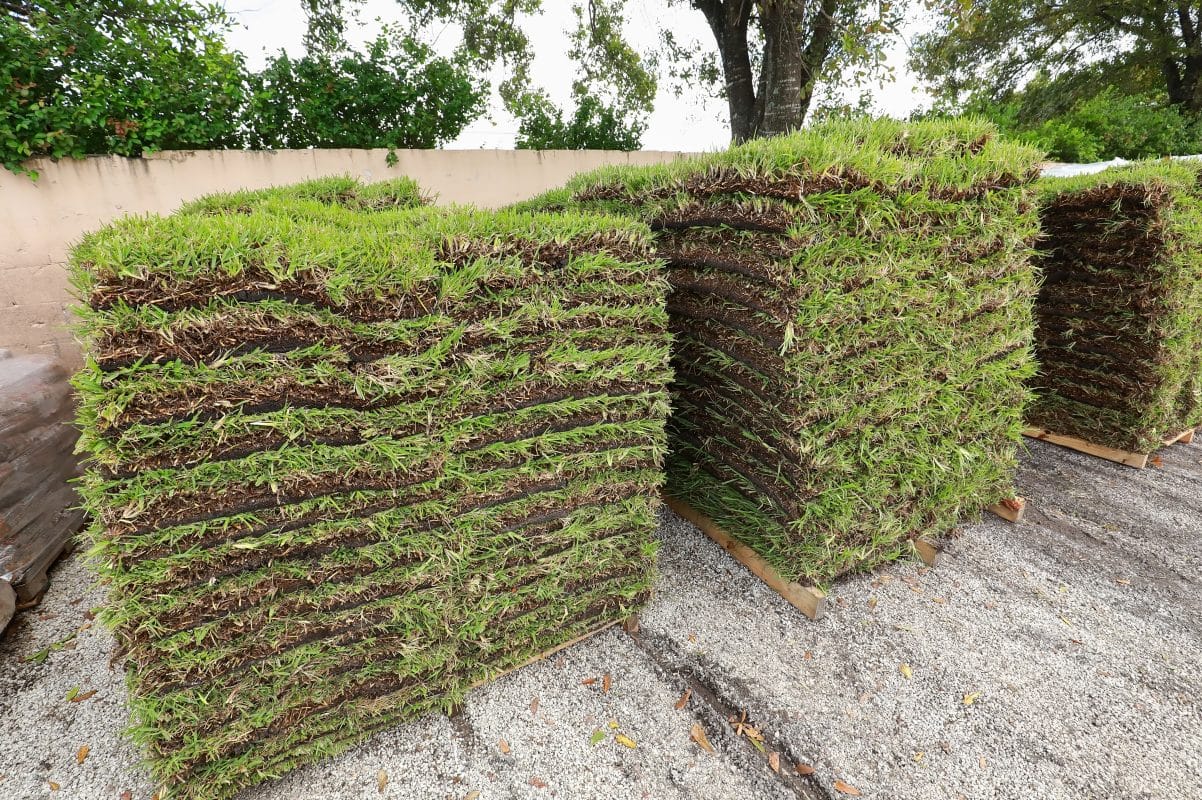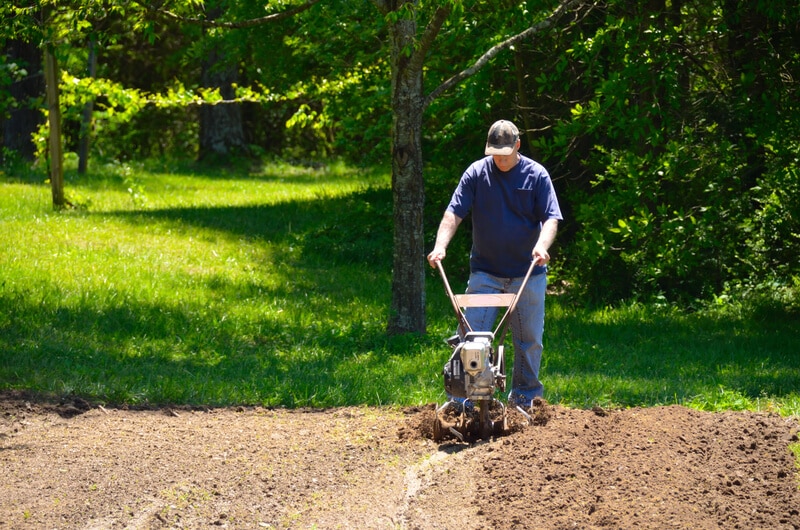How to Plant and Grow St. Augustine Grass Seed

St Augustine grass is a prevalent choice in warm and coastal climates due to its heat and salt resistance—but residents looking to install this lawn are often confused about where to buy St Augustine grass seed.
This is because St Augustine grass is a man-made variety that grows primarily from sod, plugs, and stolons. Even the “seed pods” that sprout from individual St Augustine grass blades are not viable for planting. If you’re wondering how to grow St Augustine grass from seed, you will need to start with pre-sprouted propagations.
Difference Between Sod and Plugs
Since you’re unlikely to find St Augustine grass seed for sale, you’ll want to shop for sod or plugs. The main difference between these two options is the initial coverage.
Sod is sold in sheets, and the installation will cover your entire plot right away. This is the fastest way to install a lawn with St Augustine grass.

Plugs are also a popular option because they are cheaper than sod. St Augustine plugs are typically 1–2 inches thick and can take a year or longer to fully take root and fill in a lawn. This makes them a good option for a home that will be unoccupied for an extended period of time, or for residents who don’t need full access to their grass right away.

Best Season to Plant St. Augustine Grass
Because this grass type thrives in warm weather, you can plant St Augustine in the spring and summer under full sunlight. In fact, this variety does so well in the heat, that any exposure to cold temperatures can be harmful. Sunny states like Florida, Georgia, and Texas make great locations for St Augustine.
How to Plant St. Augustine Grass Plugs
You may not be able to plant St Augustine grass seed, but St. Augustine plugs are a fairly straightforward and reliable method for installing this type of lawn.
Prepare the Soil
First, make sure your soil is ready. There are several things you should do before placing grass plugs in your yard:
- Test the soil
St Augustine grass seed propagation requires a specific pH level (6–7.5 is ideal) and fertile soil. If you’re not sure about your soil health, you can order a soil test kit online.
- Till the area

Once you’ve confirmed your soil’s health, you can begin breaking up the dirt to create an even, aerated surface area.
- Drill holes
Next, it’s time to drill holes for your grass plugs. St Augustine grass seed plugs should be placed about 12 inches apart.
- Fertilize & water
Apply fertilizer to the drilled holes and water them to create an ideal environment for the grass plugs to take root. Use the results of your soil testing to determine what kind of fertilizer to purchase.
Place the Plugs
After preparing the soil and drilling holes, you can begin placing your St Augustine grass seed plugs. Press them down into the ground firmly and fill in the sides with the surrounding soil. Make sure the roots are covered, and that the grass on top is fully visible above ground.
Watering
Water your grass plugs regularly after installation. We recommend once per day for about 2–3 weeks, followed by once every 3–7 days, depending on the area where you live and rainfall.
Mowing and Maintenance
Because grass plugs have to do the extra work of filling in the gaps in a lawn, it’s best to wait a while before mowing.
After about 6 weeks, or once the grass has reached 6 inches in length, you should be able to mow St Augustine grass. Start with a higher setting (like 3 inches) for the first few mows to avoid damaging new growth. After a month or two, you can apply fertilizer to the lawn to encourage continued growth from your grass plugs.
- Bare spots
If you begin to notice bare patches in your St Augustine lawn, you can encourage growth by dethatching the surrounding grass and adding nutrient-rich soil. You can also purchase individual plugs to fill in these gaps.
Monitor Lawn for Pests

St Augustine grass seed lawns are susceptible to several different kinds of pests and diseases, so it’s important to keep an eye on your investment.
The best way to prevent pests and rot is to practice regular lawn maintenance. Mow every 1–2 weeks, depending on growth patterns, and try to keep the grass a bit longer (3–4 inches) to encourage deep roots below the soil’s surface.
Avoid over-watering as this can lead to root rot and encourage pest populations.
Apply fertilizer on a regular schedule, and insecticides in the fall. Maintaining the health of your soil and grass will deter grubs, mole crickets, and other unwelcome guests.
Alternatives to St Augustine Grass Seed
You may not be able to find many tips on how to grow St Augustine grass from seed, but if seeding is your preferred method of cultivation, there are some great alternatives available.
Zoysia Grass
Like St Augustine, Zoysia is thick-bladed, does well in hot temperatures, and looks great in residential lawns. Zoysia grass seed grows slowly but is great for high-traffic areas once established.
Bermuda Grass
Bermuda grass seed is another very popular choice in warm and coastal climates. This seed grows quickly, recovers from damage easily, and thrives in hot temperatures. The blades are thinner than Zoysia and St Augustine, so be aware that Bermuda does have a different look and feel.
Buffalograss
Buffalograss seed is another slow-growing seed (like Zoysia). This grass variety thrives in hot climates and enters a brown dormant state in cold temperatures. It’s also highly drought-resistant, making it a great choice for desert states like Arizona and New Mexico.
Get Your Grass Seed With Nature’s Seed
At Nature’s Seed, we specialize in ‘golf-grade’ grass seed varieties with a 100% customer satisfaction guarantee. So whether you’re interested in varieties similar to St Augustine grass seed or want something simple like clover, we have dozens of options for residential lawns.
Find the best grass seed for your region with Nature’s Seed, and start planting your dream lawn today.

